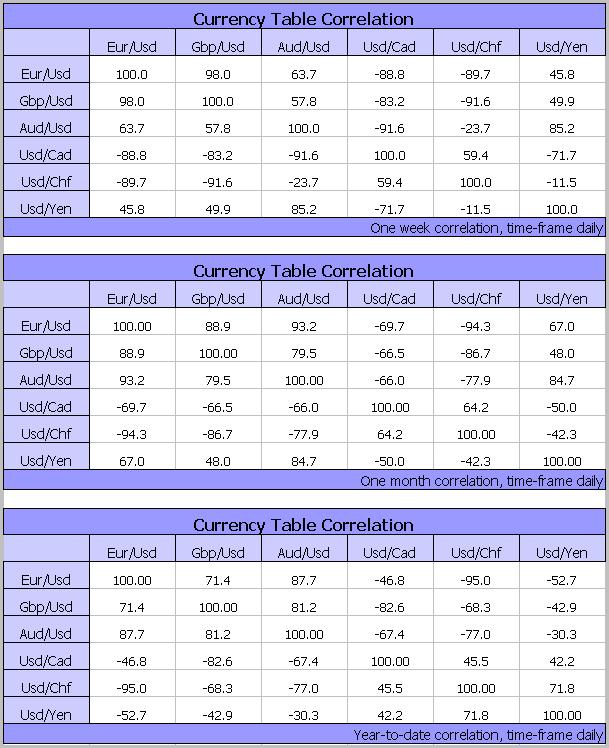Written by A Forex View From Afar on Tuesday, December 30, 2008
On the 1st of January, the euro will celebrate its first ten years of life, and furthermore, Slovakia will join the Euro-area, meaning the single currency will be used officially in 16 countries.
Initially launched on the first day of 1999 for accounting purposes, the euro was introduced to ease financial transactions, trading and tourism between the initial euro-area block. Back in 1999, the euro was used in 11 countries (Austria, Belgium, Finland, France, Germany, Ireland, Italy, Luxembourg, Netherlands, Portugal and Spain). Three years later, the euro was introduced in physical form, taking shape in notes and coins. As years went by, four other countries joined the euro-area, Cyprus, Greece, Malta, and Slovenia. The fifth country to join the euro-area, and the 16th in total is Slovakia, scheduled on the 1st of January 2009.
In its history, the euro reached a low of 0.82, in late 2000. Since then, the euro has risen, as the world's leading central banks pledge to increase their euro reserves, thus raising its value. As a consequence, the central bank’s currency reserves held in euros rose from 18.8% in 2000, to 26.5% in 2007, being the second most held reserve currency after the dollar, which as of 2007, represented 63.9% of the total. By mid 2008, the euro reached the 1.60 area, helping the single currency to become the most widespread currency in nominal terms, and also helping the Euro-area almost equal the U.S. GDP.
It also should be noted that both the euro and the Euro-area received a high degree of criticism over its short history. Probably, the height of unfavorable judgment was reached in the summer of 2008, by the time the euro was heading towards the 1.60 area. Some argued that the Euro-area might split, as some countries will enter into a recession (requiring a more adaptive interest rate) while other will try to fight inflation (requiring a more rigorous monetary stance). Despite that these claims have been around since the monetary union first took shape, there has never been official talks (or hints) about such a radical decision.

| Posted in »
ECB,
forex


 | Posted in »
| Posted in »




